Portrait of Pare Eru.
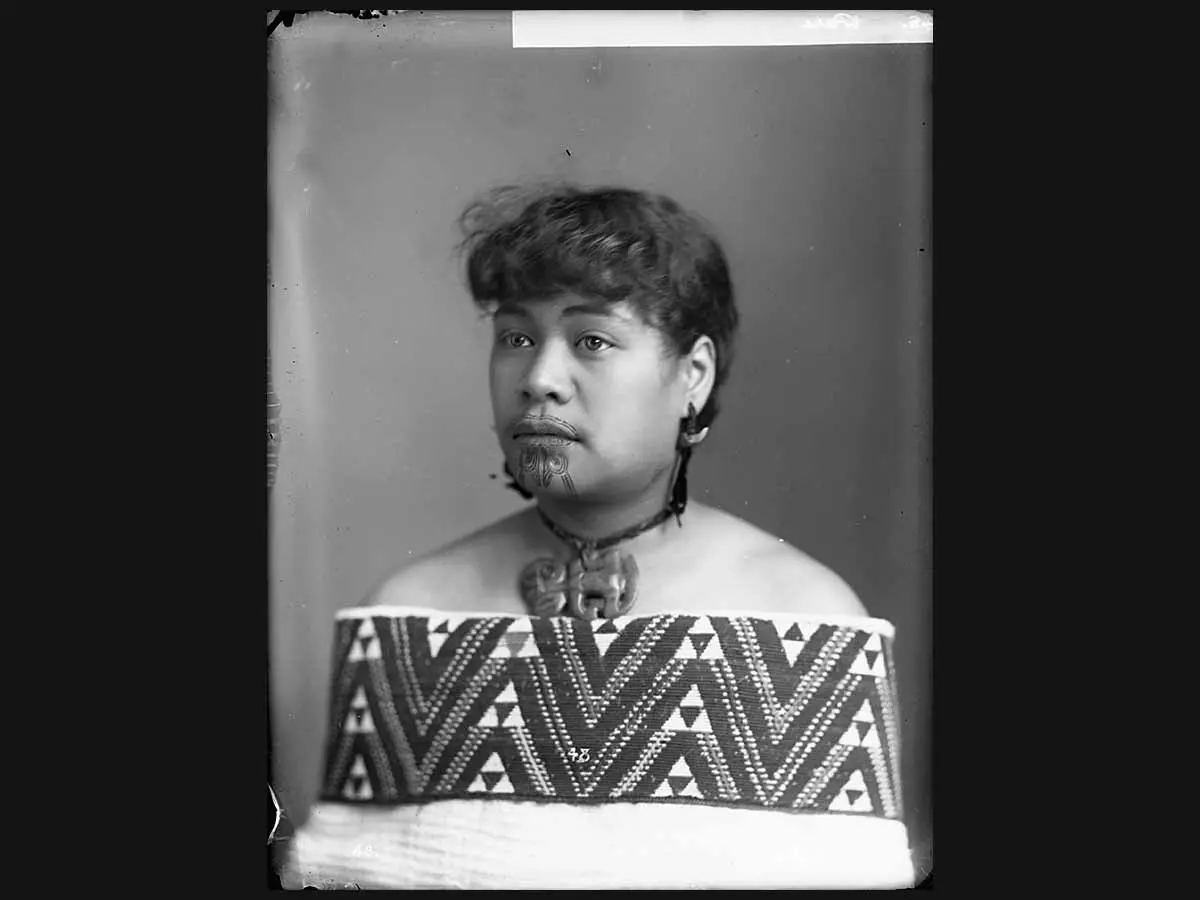
Portrait of Pare Eru.
Use the images on this page to explore the diverse cultural identities of people living in Aotearoa New Zealand. Download and print the teacher support materials or read the online version at the bottom of this page.
Portrait of Pare Eru.

Portrait of Pare Eru.
Marae, Taupō.
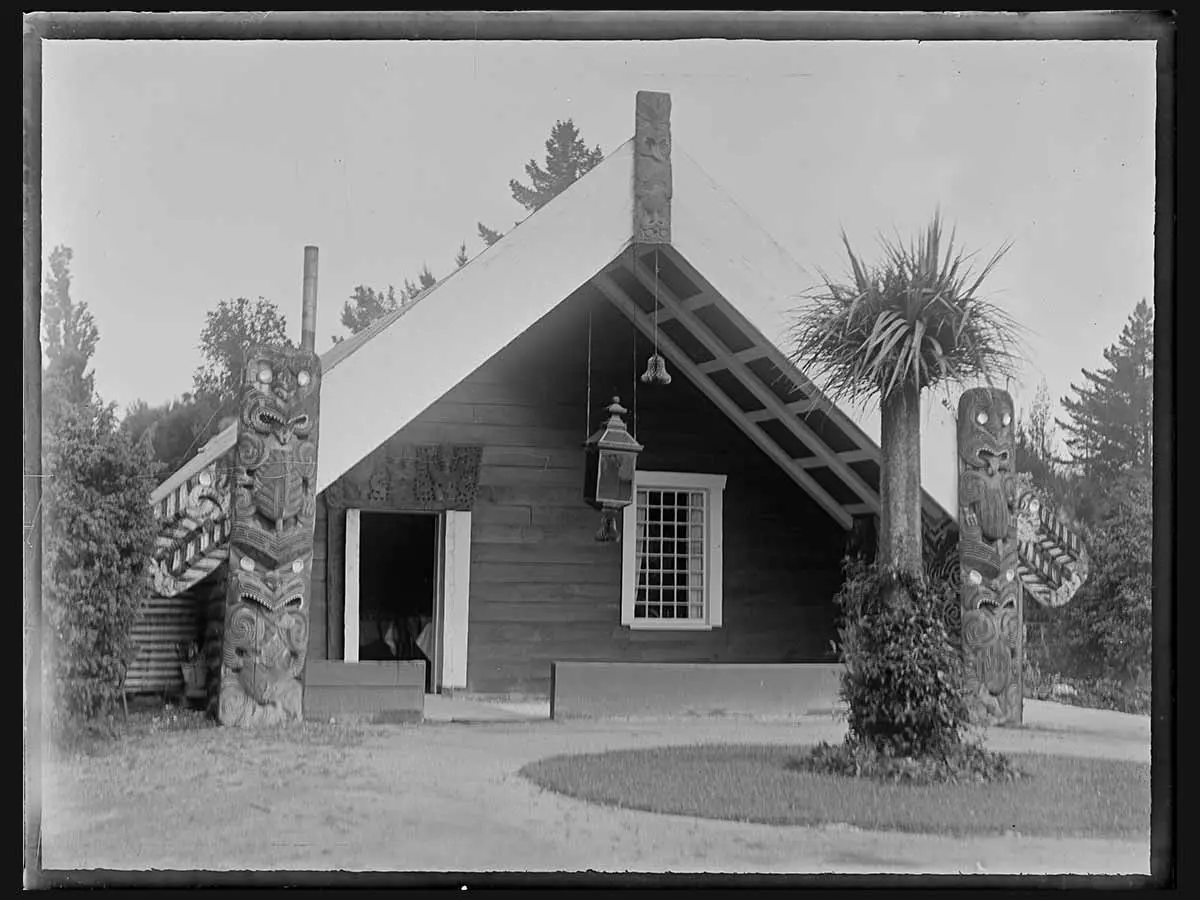
Marae, Taupō.
Hākari.
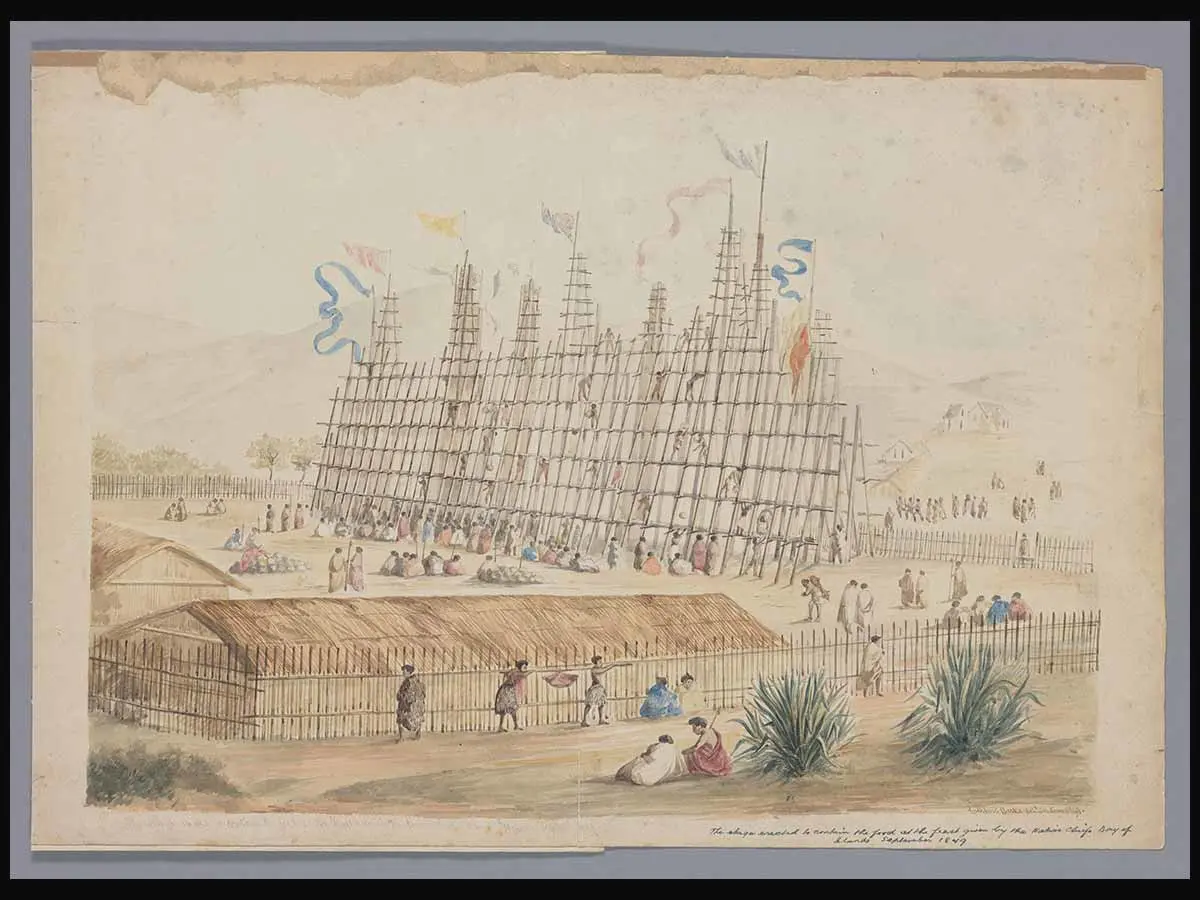
Hākari.
Samoan Christmas play.
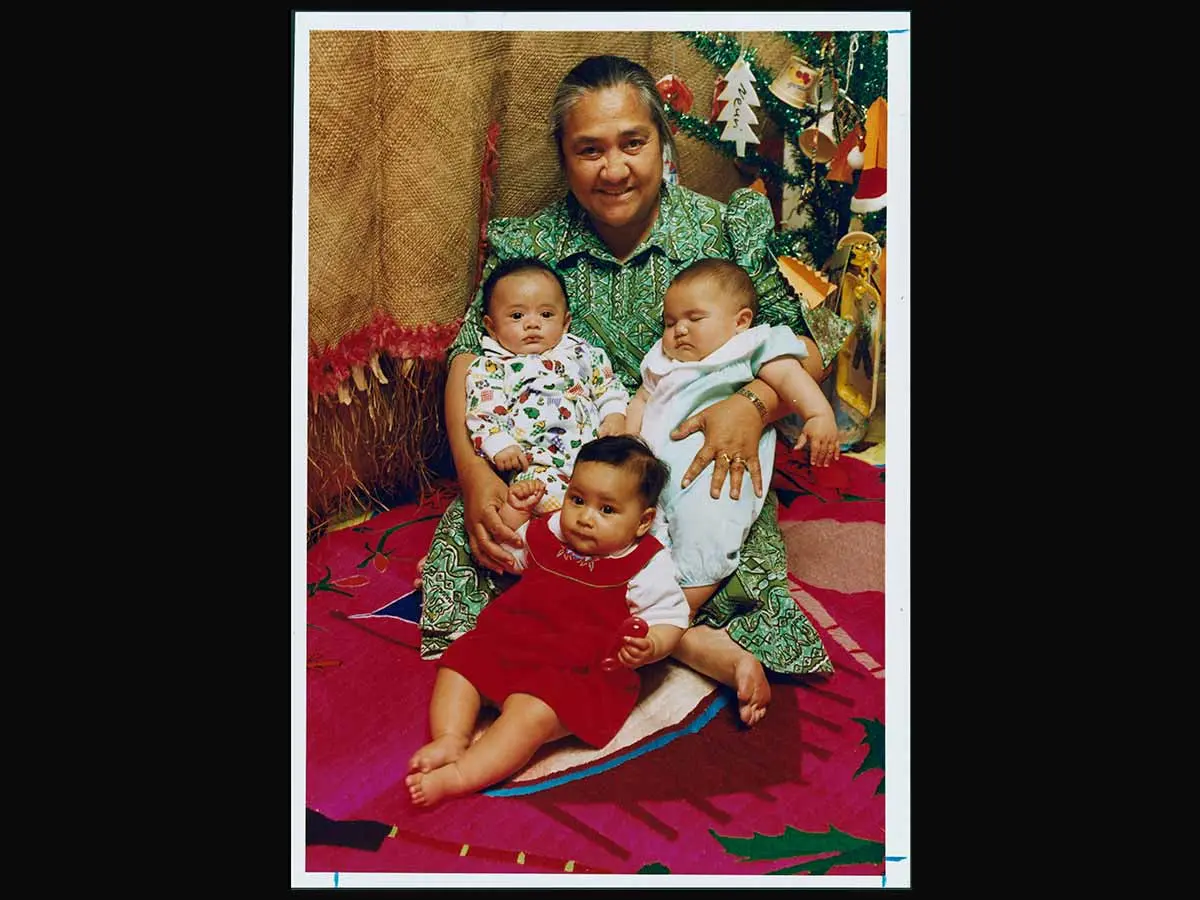
Samoan Christmas play.
Chinese dumplings.
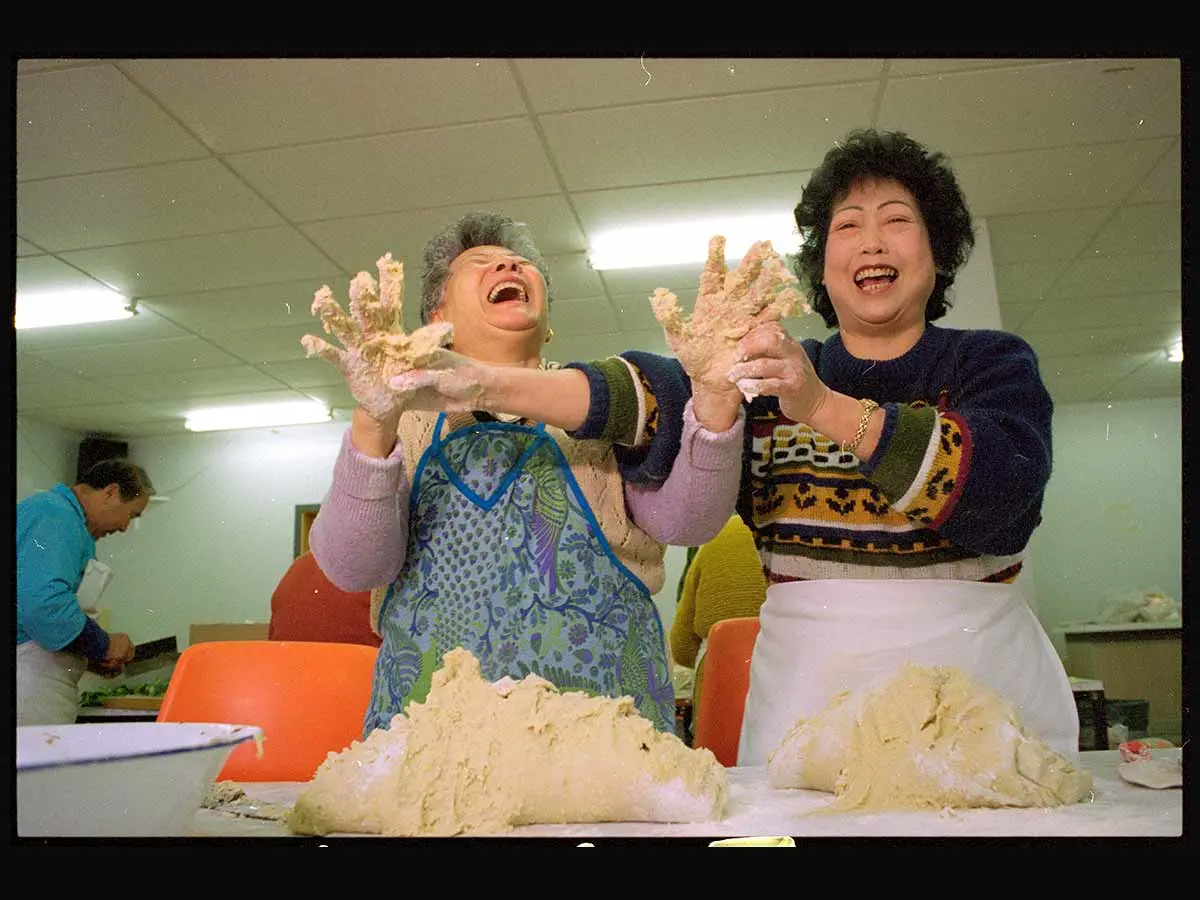
Chinese dumplings.
Rarotongan dance group.
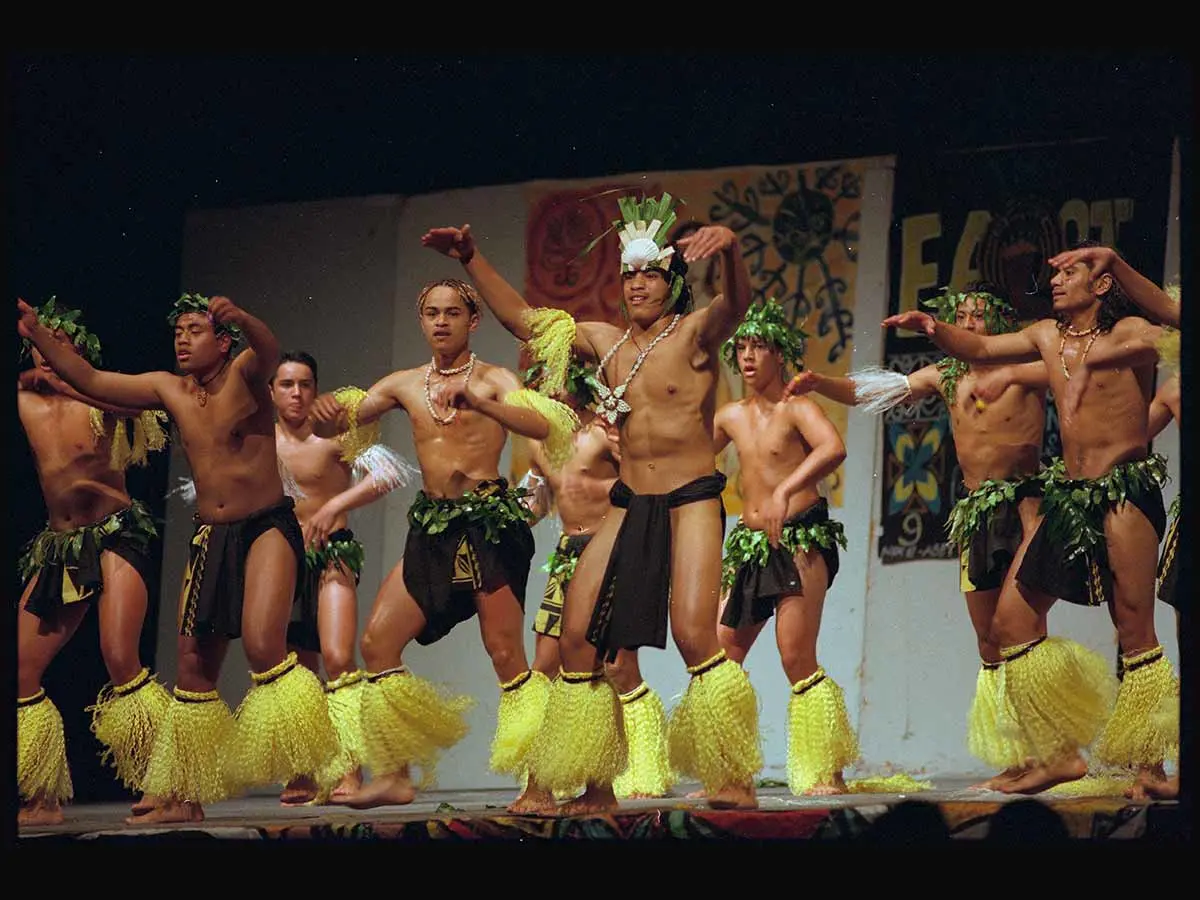
Rarotongan dance group.
Indian classical dance.
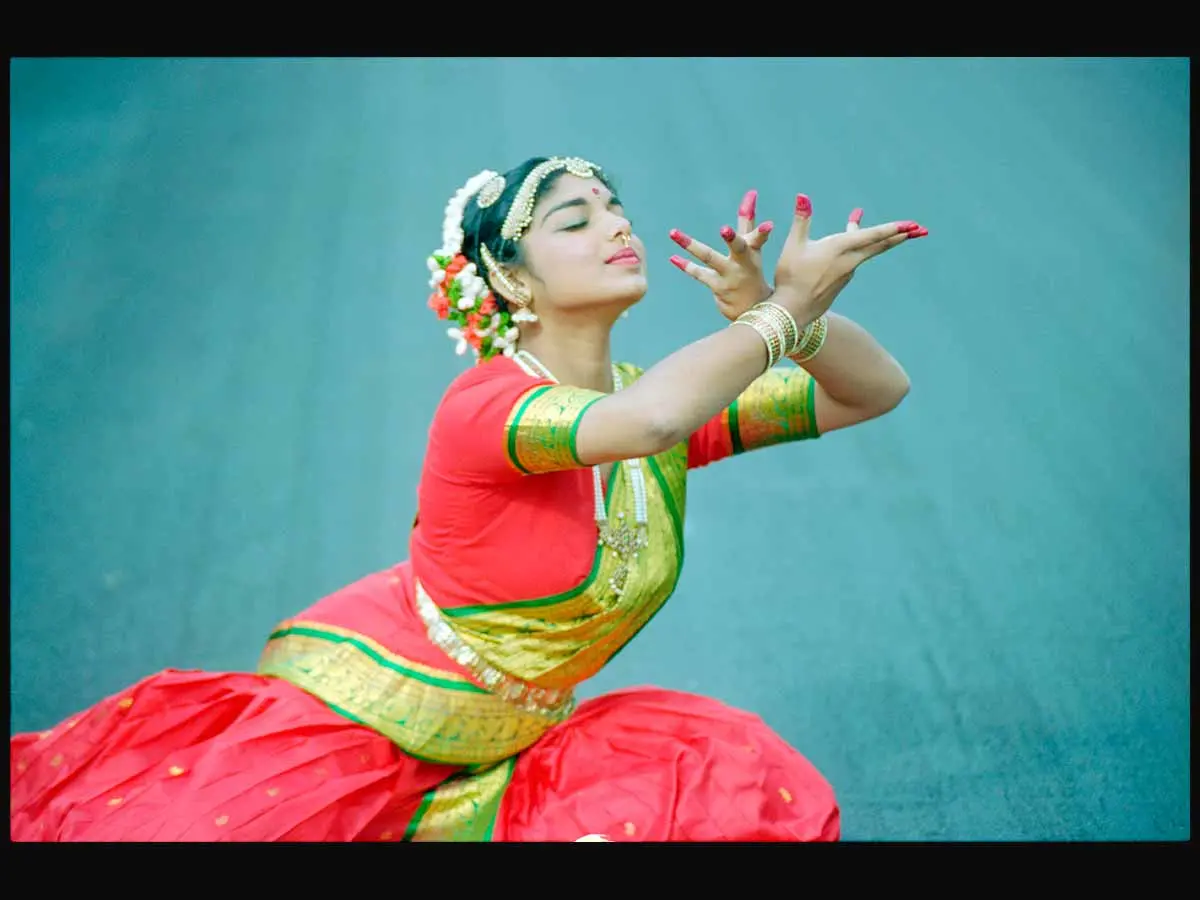
Indian classical dance.
Tongan rugby fans.
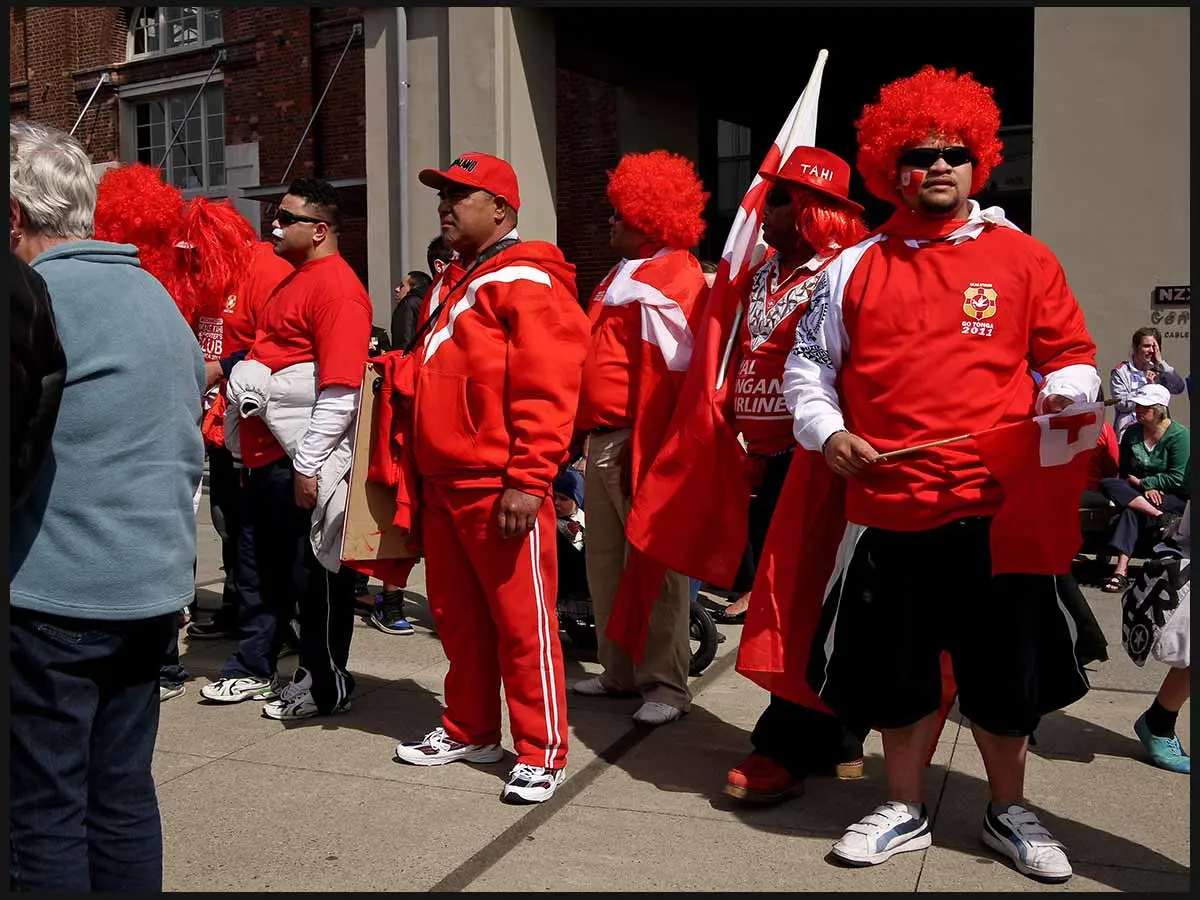
Tongan rugby fans.
Hāngī.
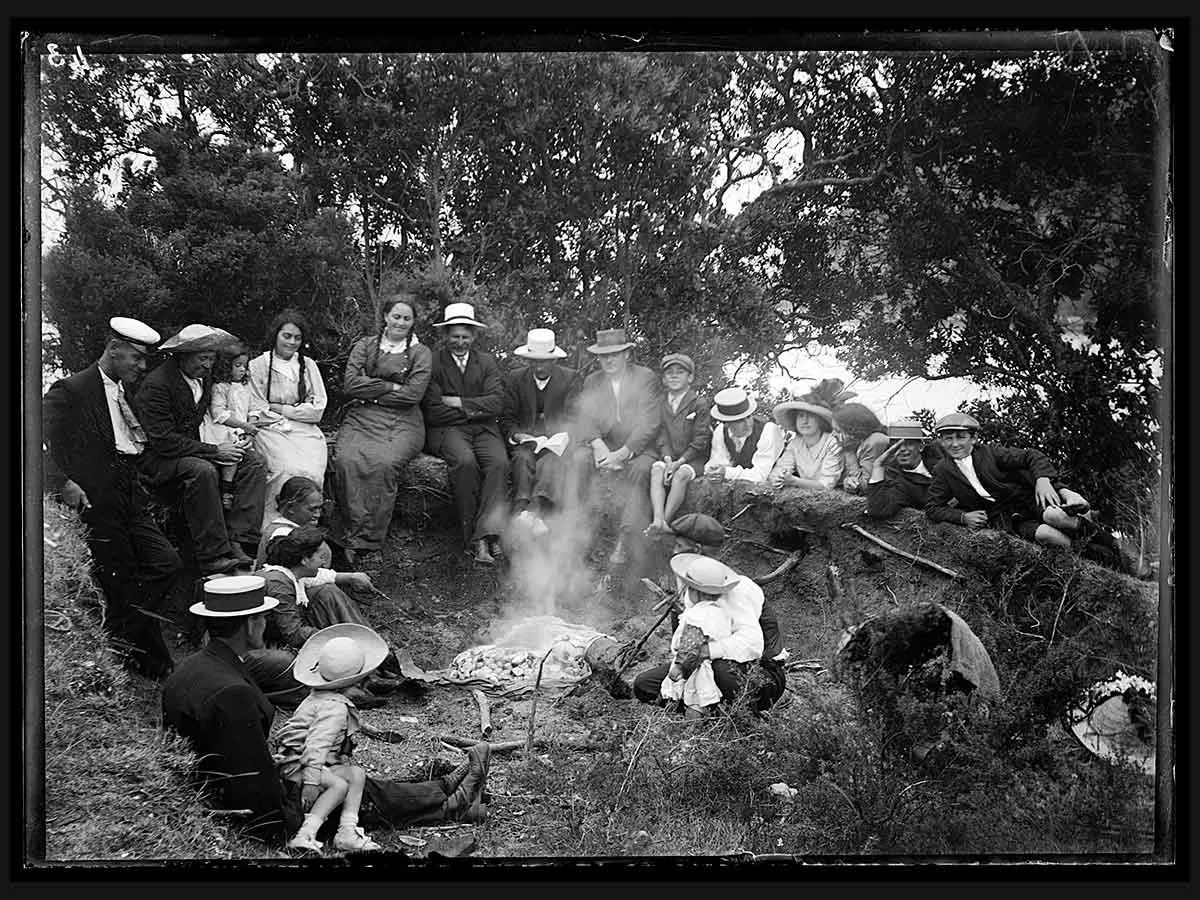
Hāngī.
Refugee children.

Refugee children.
Irish dancers.
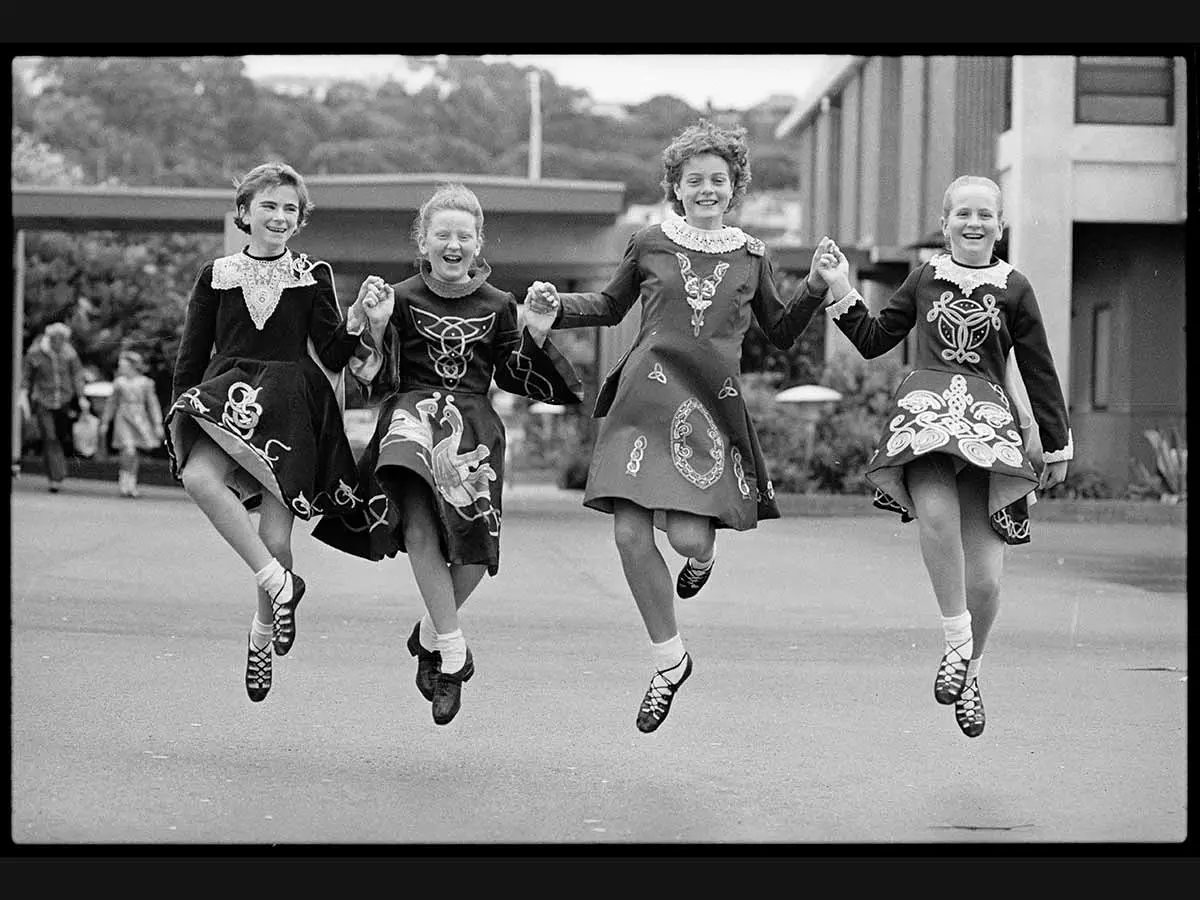
Irish dancers.
Learning Chinese.
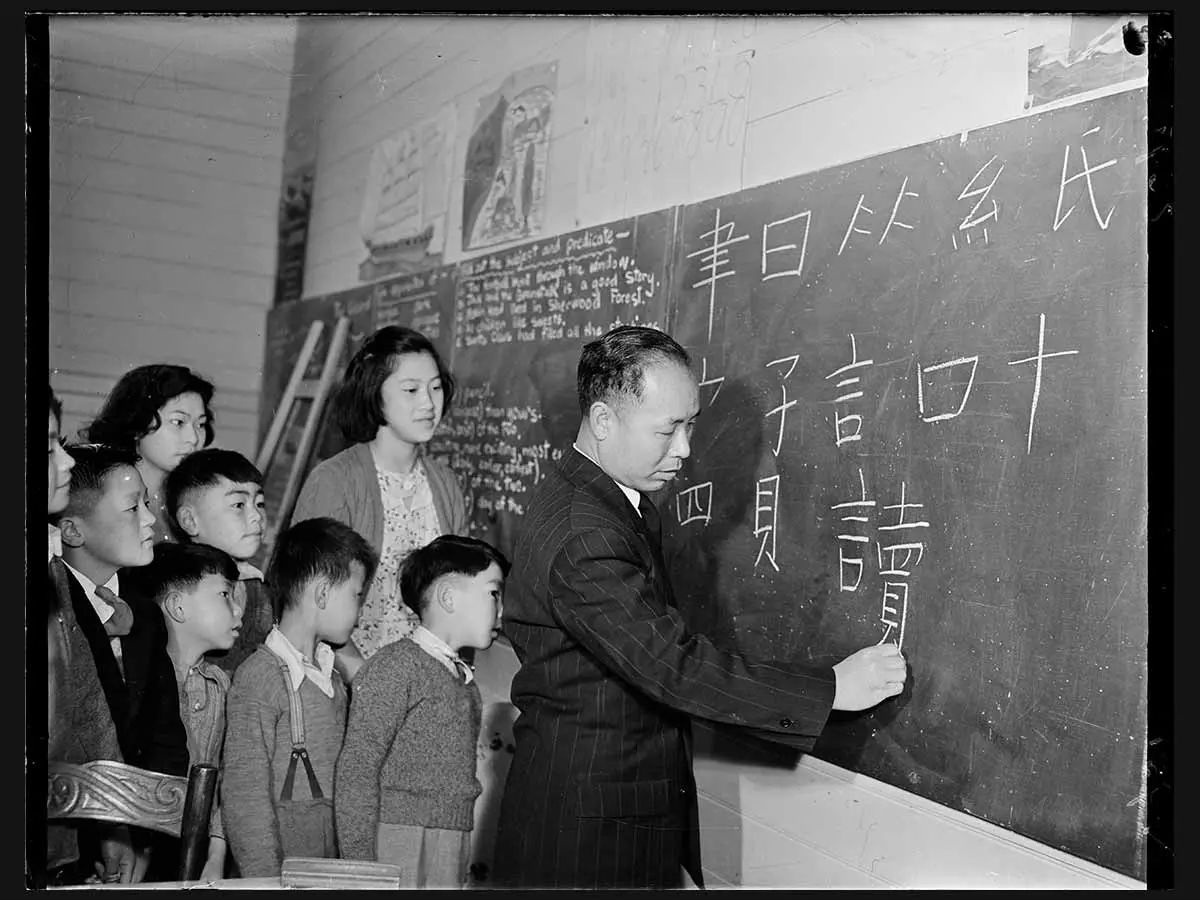
Learning Chinese.
Download and print the teacher support materials: Diverse cultures in Aotearoa New Zealand (pdf, 1.1 MB).
Use the images in the ‘Diverse cultures in Aotearoa New Zealand’ gallery to explore the social sciences Know context, ‘Ngā ahurea me te tuakiri kiritopu | Culture and collective identity’:
People in our area have come from a variety of places and some retain connections to those places.
— Te ao tangata | social sciences
Explore ideas around culture and collective identity, such as:
clothing, jewellery, taonga, …
home, family, whakapapa
language, stories, communication
food, food from different places and cultures
celebrations, festivals, events, …
sports, recreation, leisure, fun, …
arts, performance, dance, singing, …
houses and buildings — different types.
Ākonga can explore these images as primary sources using our tools for primary source analysis.
Explore our curated collection of books: Diverse cultures in Aotearoa New Zealand.
Use the discussion starters below to explore diverse cultures in Aotearoa New Zealand.

Image credit: Pare Eru, ca 1900 by William Henry Thomas Partington. Ref: 1/1-003099-G Alexander Turnbull Library.
This is a portrait photo of Pare Eru, who has a moko kauwae — a traditional Māori tattoo — above the lips and on the chin. Pare Eru has a hei tiki around the neck and is wearing a cloak, with a tāniko border, about the shoulders.
What clothing, jewellery or taonga do you wear for photos?
What are some traditions in your whānau?
How do you express your culture?

Image credit: Marae, Taupō District, ca 1920s–1930s by William Williams. Ref: 1/4-055591-G Alexander Turnbull Library.
A wharenui on a marae in the Taupō District. The photo shows some key elements of a wharenui including:
maihi (diagonal bargeboards)
amo (vertical supports that hold up the ends of the maihi)
kūwaha (front door) and pare (door lintel).
Where do you and your whānau live?
Can you describe the different types of houses and buildings that we have in Aotearoa New Zealand?
What buildings or places are important to you and your whānau?

Image credit: The Stage Erected to Contain the Food at the Feast Given by the Native Chiefs, Bay of Islands, September 1849 by Cuthbert Charles Clarke. Ref: B-030-007 Alexander Turnbull Library.
An enormous hākari (feast) displayed on an impressive open, wooden structure, with flags flying from poles on the top and people climbing up its sides, seated beneath it and moving around its base. 2 low whare are nearby and a fence encloses the hākari and buildings.
How do you and your whānau get together and celebrate?
What food do you have at celebrations?
Are there any special buildings or places you visit?

Image credit: Fereni Ete with the babies who appeared in her Christmas play, 1995 by Ray Pigney. Ref: EP-Ethnology-Polynesian-02 Alexander Turnbull Library.
Fereni Ete holding 3 babies and sitting on a colourful mat. Behind them hang woven flax mats and a Christmas tree stands in the corner. The 3 babies appeared in a Christmas play that fused Christianity and the Samoan culture, with the baby Jesus being born in Sāmoa.
Who is in your family photo?
What events and festivals do your whānau celebrate?
What events or festivals do your whānau celebrate from different places or cultures?

Image credit: Ng Soon Yee and Mel Jean Chin preparing dumplings, Wellington, 1995 by Ross Giblin. Ref: EP/1995/3963/8-F Alexander Turnbull Library.
Ng Soon Yee (left) and Mel Jean Chin having a laugh while preparing red bean dumplings for the Anglican Chinese bazaar in Wellington.
What food or dishes do you help your whānau to prepare?
What food have you tried, or do you eat, from different cultures?
When people come to live in Aotearoa New Zealand, why is it important for them to bring their culture, food and beliefs with them?

Image credit: The Wellington College Raro Group performing, Wellington, 1996 by Phil Reid. Ref: EP/1996/2504/23-F Alexander Turnbull Library.
Wellington College students in a Rarotongan group performing on stage at the 10th Tu Tangata Wellington Secondary Schools Polynesian Festival held at the Queens Wharf Events Centre in Wellington.
What could you see, hear and feel at the Tu Tangata Polynesian Festival?
Which festivals do you or your whānau participate in?
Why is important to be able to visit or perform in cultural festivals?

Image credit: Narmadai Chinniah performing an Indian classical dance, ca 1995 by Melanie Burford. Ref: EP/1995/0915/28-F Alexander Turnbull Library.
Narmadai Chinniah, aged 17, performing an Indian classical dance. Narmadai Chinniah is wearing a red, gold and green sari and jewellery.
What dances or songs are important to you and your whānau?
What clothing, jewellery or taonga do you wear to celebrations or for performances?
How do people express their culture and identity through song, dance or performances?

Image credit: Tongan rugby supporters in Wellington during Rugby World Cup tournament 2011 by Dylan Owen. Ref: PADL-000757 Alexander Turnbull Library.
Enthusiastic rugby fans dressed in red wigs and hats to support the Tongan rugby team during the 2011 Rugby World Cup. Some fans are holding Tongan flags, and one fan has the flag painted on their face.
What are some flags that you feel connected to?
Which sports teams do you and your whānau support?
How do you feel when you support your home nation? Why?

Image credit: Group of men, women and children around a hāngī, Mercury Bay, 1913. Photographer unknown. Ref: 1/2-022240-G Alexander Turnbull Library.
A large group of adults and children sitting on the grass around a hāngī. They are wearing European-style clothes and hats. In the background, you can catch glimpses of the sea through gaps in the pōhutukawa trees.
What makes hāngī special to Aotearoa New Zealand?
What are some traditions or practices your whānau have involving food?
How can sharing kai bring people together?

Image credit: Somali refugee children, Lower Hutt, 1995 by Craig Simcox. Ref: EP/1995/3882/31-F Alexander Turnbull Library.
Refugee children from Somalia in East Africa. 3 children are playing outside with a toy car and motorbike. From left to right: Isir Yusef, Bilan Yusef and Mohamed Ali Yusef.
Why do people come to live in Aotearoa New Zealand?
How might someone feel when they move to a different city or country?
What are some ways we can celebrate the cultures of people living in Aotearoa New Zealand?

Image credit: Dancers at the Irish National Feis, Wellington, 1986 by John Nicholson. Ref: EP/1986/5281/18-F Alexander Turnbull Library.
A photo capturing 4 children mid-air, holding hands during a dancing move at the Irish National Feis in Wellington. They are wearing dresses with Celtic designs and dancing shoes. From left to right, the children's names and ages are: Kellie O'Quinn (12) Sinead Mackey (12), Kerry Kilner (11) and Seaneen Copeland (12).
Describe how the children are feeling as they dance at the Irish National Feis (festival).
What are some designs, patterns or symbols that relate to your culture?
What other festivals do you know of that celebrate different cultures in Aotearoa New Zealand?

Image credit: Chinese children learning Chinese, Wellington, 1951 by unidentified Evening Post photographer. Ref: 114/372/07-G Alexander Turnbull Library.
8 children and a teacher at a blackboard during lessons to teach the children to write Chinese.
How do you learn? Who do you learn from?
What languages do you or your whānau speak at home?
Why is it important for everyone to be able to speak their languages?